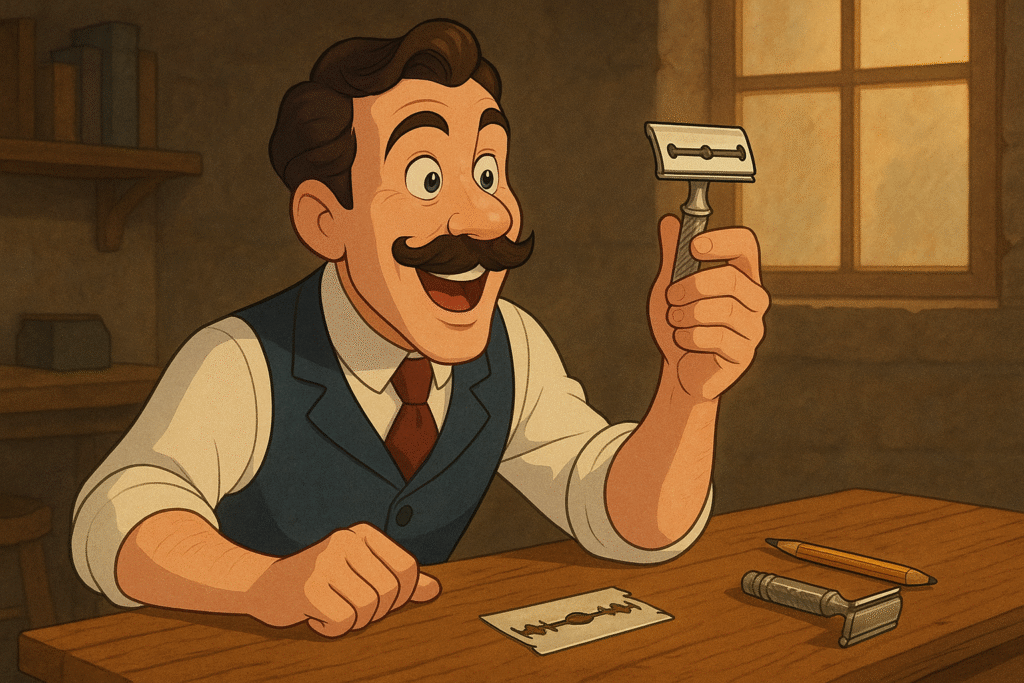
Remember the great mask and sanitizer gold rush of 2020?
Seemingly overnight, everyone from distilleries to clothing manufacturers pivoted to producing pandemic essentials.
Car companies made ventilators.
Fashion designers crafted face masks.
Breweries and distilleries transformed into hand sanitizer factories.
It was capitalism responding to crisis with sudden, awesome agility.
But here’s what I’ve been wondering lately: Where are those crisis-born businesses now?
Very few successfully translated their pandemic pivot into sustainable growth. Most quietly returned to their original focus once the immediate demand subsided.
Others vanished entirely, leaving behind only nostalgic Instagram posts of their “COVID collection.”
This pattern reveals something important about crisis-driven product opportunities. They’re seductive but dangerously temporary.
Now, as businesses face a new wave of disruption from expanding tariffs, the question resurfaces: Should you rush to capitalize on these market dislocations?
The answer is nuanced.
Opportunistic products — those created specifically to address temporary disruptions — can deliver spectacular short-term returns.
During peak COVID, some small manufacturers reported 400% revenue jumps from pandemic-related pivots. The cash flow saved businesses that might otherwise have shuttered permanently.
(I think of how one of my favorite restaurants in the mountain town of Canmore added pizzas to its menu, which at the time had no take-out friendly options. Today, their pizzas are a top seller.)
But these crisis windfalls often prove difficult to sustain. Companies that over-invested in pandemic production found themselves with excess capacity and inventory when demand normalized.
What seemed like a brilliant pivot became an expensive detour.
In I Need That, I distinguish between opportunistic products (addressing temporary conditions) and opportune products (using disruption to solve enduring problems). The difference is subtle but critical.
Product Payoff: King C. Gillette launched his safety razor during the 1901 economic recession, when many consumers could no longer afford professional barber services. Rather than positioning it as merely a depression-era cost-cutting tool, he created the revolutionary “razor-and-blades” business model that continues today.
By solving an immediate crisis need (affordable shaving) with a permanent innovation (disposable cartridges), he transformed a temporary opportunity into a century-spanning business.
Action for today: With tariff disruptions creating both challenges and opportunities, evaluate potential product pivots through three lenses:
1) Immediate viability (can you produce it profitably today?),
2) Long-term relevance (will demand persist beyond the crisis?), and
3) Core competence alignment (does this build on your existing strengths or require entirely new capabilities?). The strongest opportunities will score highly across all three dimensions, not just the first.
Has your business ever considered an opportunistic product pivot?
Poke that reply arrow and share how you evaluated short-term opportunity against long-term sustainability. (And how that adventure went for you.)
Or reach out to my team of fearless product strategy consultants at Graphos Product.
